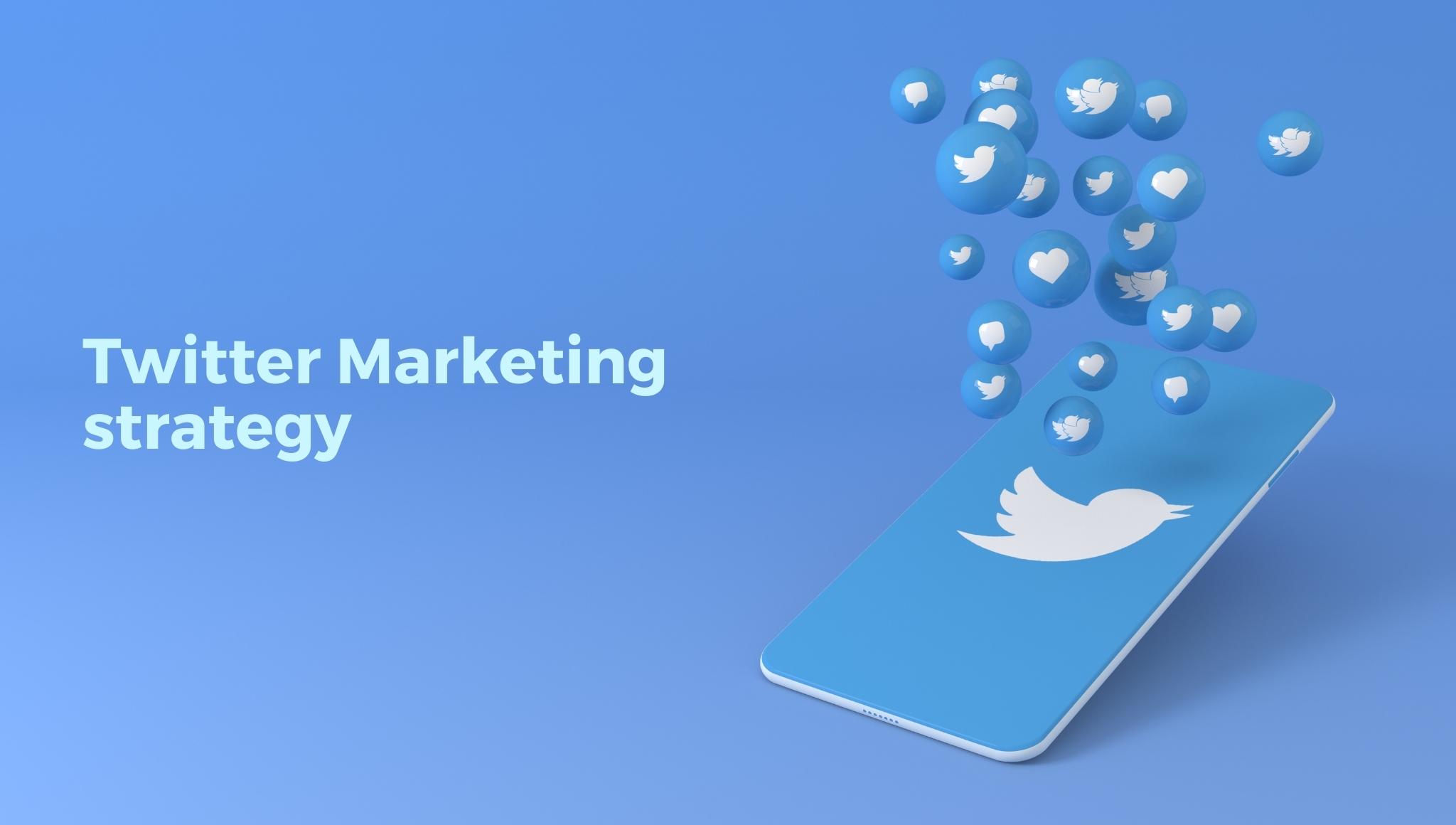How Ethical Hacking Courses Empower You to Secure Enterprise Infrastructure
In today’s rapidly evolving digital landscape, cybersecurity has become a paramount concern for businesses of all sizes. As threats grow more sophisticated, organizations must adopt proactive strategies to safeguard their digital infrastructure. Ethical hacking courses offer a powerful solution by training individuals to think like hackers only with the intention of protecting, not exploiting. These courses equip students with the skills needed to identify vulnerabilities, assess risks, and implement defensive strategies that fortify enterprise systems. By immersing learners in real-world scenarios, ethical hacking programs bridge the gap between theoretical knowledge and practical application, transforming them into cybersecurity assets capable of defending complex networks against malicious attacks. Ethical hacking courses cover a broad spectrum of topics, including penetration testing, network security, cryptography, web application vulnerabilities, and system exploitation. This comprehensive approach ensures that participants develop a deep understanding of how cyber threats operate and how to mitigate them effectively. Trainees learn to use industry-standard tools which are essential in identifying and resolving security loopholes.

Such hands-on experience not only builds technical proficiency but also enhances critical thinking and problem-solving skills both vital traits for anyone tasked with protecting enterprise infrastructure. Moreover, corso ethical hacking instill a strong ethical foundation, emphasizing the legal and moral boundaries that distinguish ethical hackers from malicious actors. Students are taught the importance of obtaining proper authorization before testing systems and the need to maintain confidentiality when dealing with sensitive corporate data. This professional code of conduct is crucial in ensuring that ethical hackers operate with integrity and accountability, earning the trust of the organizations they serve. In the context of enterprise infrastructure, ethical hackers play a pivotal role in preemptively identifying and addressing security weaknesses before they can be exploited. Large organizations often possess vast and complex IT ecosystems that are difficult to monitor without specialized knowledge. Ethical hacking courses prepare individuals to navigate these intricate environments, simulate attacks, and report findings in a structured manner. These insights enable organizations to patch vulnerabilities, comply with regulatory standards, and develop a more resilient security posture.
In an era where data is power and security is paramount, ethical hackers are the unsung heroes protecting the integrity of our technological landscape. Furthermore, with cyber threats becoming increasingly targeted, businesses are recognizing the need for in-house cybersecurity expertise. Completing an ethical hacking course can significantly enhance a professional’s career prospects, opening doors to roles such as penetration tester, security analyst, or cybersecurity consultant. These positions are not only in high demand but also offer the opportunity to make a meaningful impact by protecting valuable data and maintaining business continuity. Ethical hacking courses serve as a critical investment for individuals and organizations alike. They empower learners with the tools and mindset needed to safeguard enterprise infrastructure from ever-evolving cyber threats. By fostering technical excellence, ethical responsibility, and strategic foresight, these programs help build a new generation of cybersecurity professionals who can stay one step ahead of malicious actors. In a world where digital security is no longer optional, the role of ethical hackers has never been more essential.

